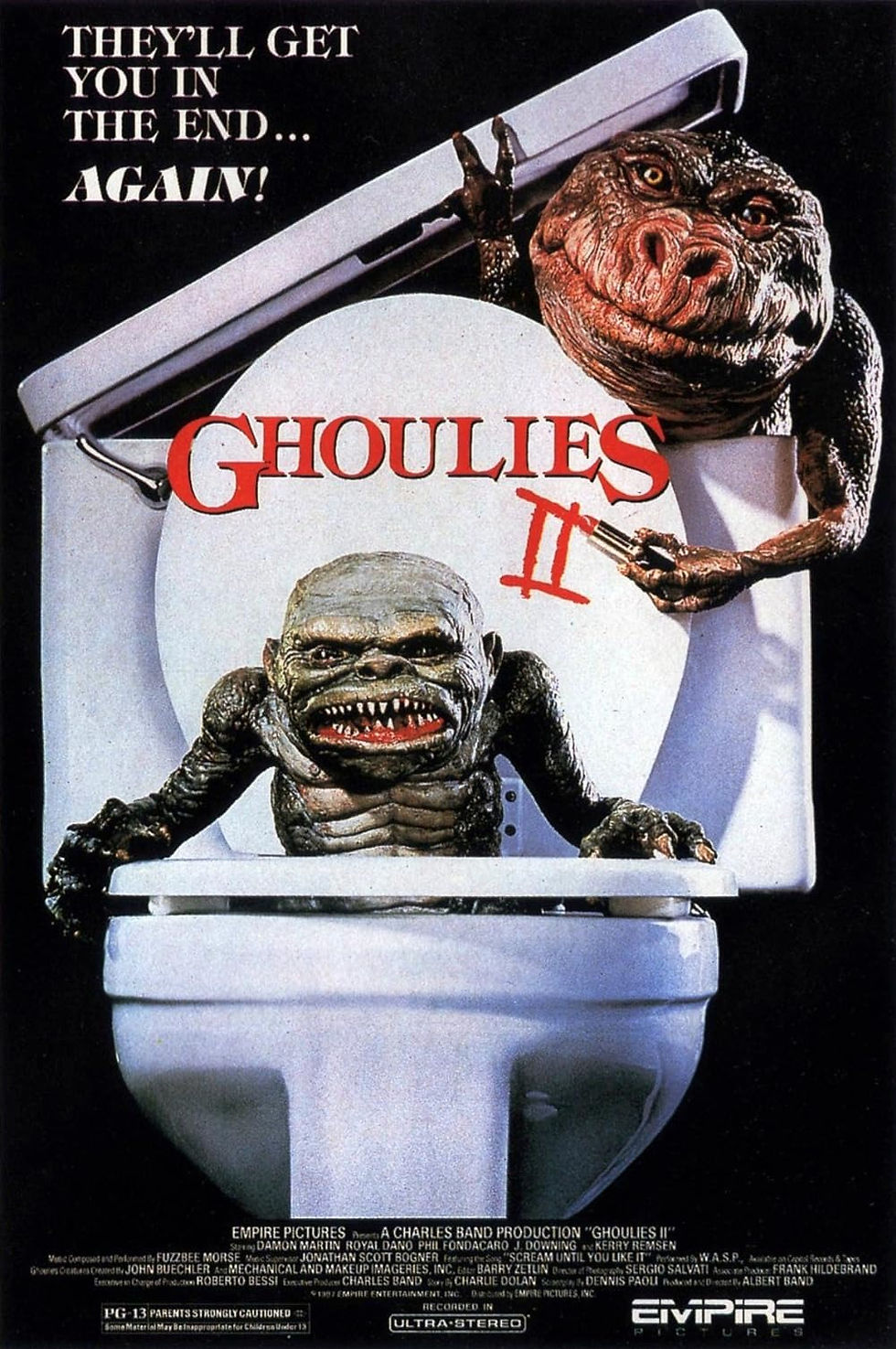The Evolution of Ghost Stories: From Oral Traditions to Horror Blockbusters
- Allan Major

- Mar 24, 2024
- 3 min read
Updated: May 24, 2024

A chill prickles your skin. A whisper of something wrong echoes in the empty hallway. There's a flicker at the edge of your vision, just a shadow... or is it? Ghost stories have haunted the human imagination since the first sparks crackled around an ancient campfire. They tap into something elemental, that uneasy suspicion that we might not be alone, that the veil between worlds is thinner than we think.
From whispered tales around flickering flames to the bone-chilling spectacle of modern horror films, the ghost story has evolved, a shapeshifting terror that mirrors our own shifting fears. Let's trace its ghostly trail, shall we?
Echoes in the Dark: The Oral Tradition
Before written words, there were stories etched into memory, carried on the wind. Ghost stories were communal experiences, conjuring specters from the collective subconscious. They were warnings about the dangers lurking beyond the village firelight, tales of restless spirits yearning for vengeance or trapped between worlds. These stories were steeped in folklore, tied to the rhythms of nature and the mysteries of life and death.
Gothic Horrors & Ghostly Romances
The rise of the printed word ushered in a new era for the ghost story. Gothic literature, with its crumbling castles, brooding heroes, and spectral figures, brought these ethereal terrors out of the shadows and into the libraries of the wealthy. Novels like "The Castle of Otranto" and short stories penned by Edgar Allen Poe and M.R. James made ghosts literary stars, their spectral whispers chilling the hearts of a growing readership.

The Spectral Silver Screen
The advent of cinema unleashed the ghost story upon the masses. Early silent films flickered with otherworldly figures, their translucent forms a haunting contrast to the stark black-and-white world. As film technology evolved, so too did the portrayal of ghosts. From the vengeful spirits of Japanese horror to the psychological terrors in haunted house flicks, the cinematic ghost became a canvas for exploring our anxieties about death, loss, and the unknown.
Found Footage & the Rise of "Real" Ghosts
The found footage craze, sparked by "The Blair Witch Project", injected a new kind of fear into the ghost story. By presenting itself as 'real' footage, it blurred the lines between fiction and reality, making the audience feel like they were witnessing something genuinely otherworldly, a transgression against the natural order. This raw, unpolished style taps into our modern obsession with documentation, turning the viewer into a digital ghost hunter, desperate to parse the pixels for proof of the paranormal.
Ghost Stories in the Age of Technology
Today, the ghost story thrives in the digital age. Creepypasta and online forums provide platforms for a new generation of shared supernatural experiences, breathing new life into age-old tropes. Apps that claim to detect ghostly presences and social media challenges in haunted locations merge the spectral with the everyday, blurring the line between entertainment and the uncanny.

The Unquiet Dead: Why Ghost Stories Endure
Ghost stories are more than just cheap thrills. They reflect our deepest anxieties, our yearning for connection beyond the grave, and our fear of being utterly forgotten. In a world that often feels cold and impersonal, the ghost story offers a flicker of something beyond the rational, a reminder that the boundaries of our existence may be more porous than we dare admit.
The ghost story has walked the earth for millennia, shifting and evolving with every era. Whether it's a flickering figure on a grainy video or a spectral whisper in the dark, it continues to tap into the primal shiver that stirs deep within the human soul. After all, who can say for sure we're truly ever alone?







